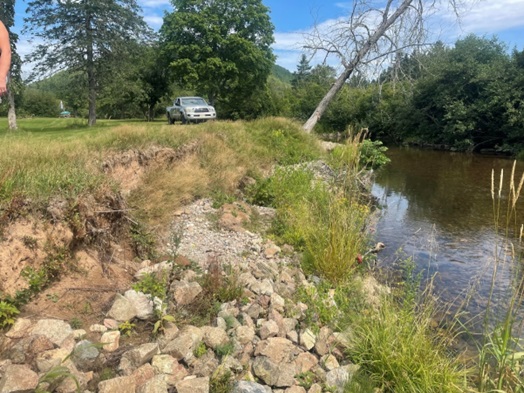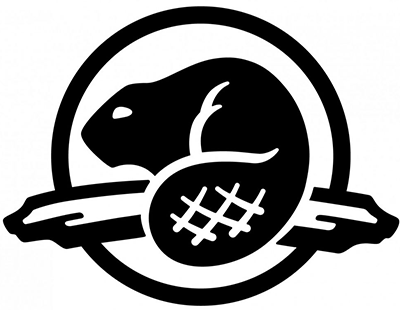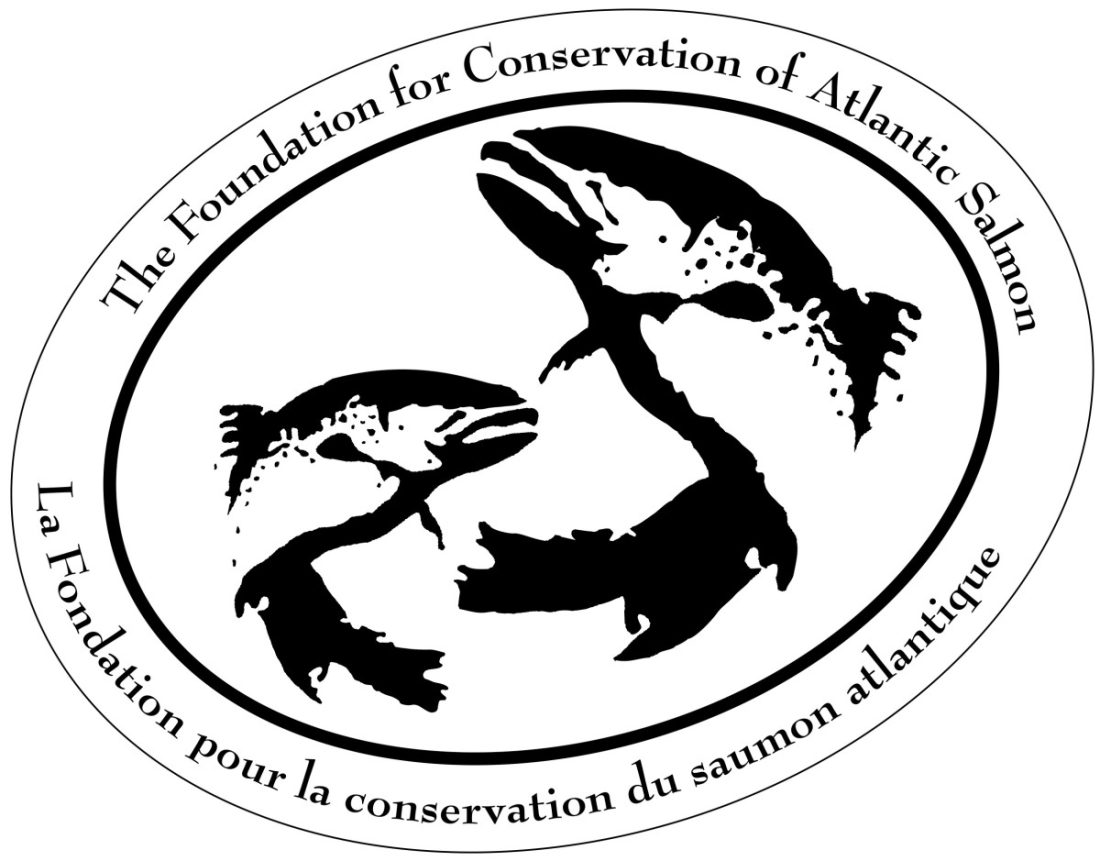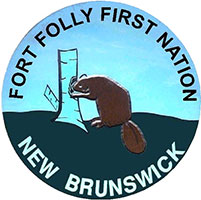Fourth Level Assessment – Aquatic Habitat Rehabilitation Plan
Opportunities for Future Restoration Activities
Restoration Framework –Stewardship Planning, Prioritization and Engagement
To address concerns within the watershed through an efficient use of finite resources (both human and financial), projects must be well prioritized, both in terms of the needs of the river, and those of the landowners on who’s property the project is taking place. Fort Folly Habitat Recovery has developed a series of Stewardship Plans on a watershed by watershed basis within the Petitcodiac River system, of which this Little River Stewardship Plan is one. These plans provide a means of tackling the challenging task of identifying local problems, determining which ones warrant immediate attention, and determining how to proceed with them once chosen. This process is laid out in Figure 34 and Figure 35.
The field work that makes up the Third Level Assessment (Aquatic and Riparian Habitat Assessment) informs decision making by providing the wide context necessary to prioritize and target project selection. Without it, decisions about which project to undertake would be made without proper appreciation of how needs at a given site compare to those at other sites elsewhere in the system. At this point there is also an opportunity to ensure that efforts are well distributed across the watershed by including consideration of where previous projects have been done, to avoid focusing too much effort in just one area within too short a time period.

Applying such information, project selection can then proceed along the flowchart presented in Figure 35, where once identified, potential projects can be ranked according to their anticipated impact and viability. Viability is determined in part by the costs and benefits of the project, but is also dependent upon landowner interest, which comes from (to the extent practical) incorporation of landowner input into planning the project so that it is consistent with the landowner’s needs.

Following this two-part selection process not only aids in decision making within the organization, doing so subsequently builds the case for any individual project when pursuing resources from outside the organization to undertake it, by providing the evidence to explain to others why it is necessary. This also creates further opportunities for outreach and engagement with landowners, through accessing and participating in existing social networks. Only once a project has been determined to be both worthwhile and feasible through this process should it then proceed to the design phase. In near term- following this process the next project that has been identified to undertake (in 2023) is a failing section of bank located high up in the headwaters of the Little River in Pleasant Vale (Figure 17)

The cause of instability at this site is water (and energy) deflected off a riprap hardened bank of an upstream neighbour (Figure 36). The bank used to be roughly even with the base of the rock but has been eroded back a considerable distance. This location is higher up in the Little River watershed than recent projects, but is a short distance downstream of the one PWA did in 2016 (Figure 17). This site was selected partially because it has been some time since the last bank restoration was done in this portion of the river. It is important that such activities be well distributed through out the watershed both in terms of benefiting target species, and equitability of opportunity for landowners as well as generating public awareness of work that can be done to protect the river.
Beyond those considerations, this section of bank warrants attention based upon its own merits given numerous salmon redds detected here in 2020 as well as consistently over many previous years (Figure 8). This reach of the river was ranked “transitional or stressed” during the Rapid Geomorphic Assessments (Figure 10), which is considered less sensitive than those that are “in adjustment”. However, the same is true of most of the upper reaches of the Little River- so would be the case at most locations where one might take steps to protect the spawning gravel in this part of the river.

The dead elm tree at a 45° angle in Figure 37 provides a graphic illustration of the extent to which the bank has failed. This tree died recently along with numerous other elms nearby as a result of Dutch elm disease, not the failing bank. That said, stress caused by the roots being undermined may have increased its susceptibility to the disease.
The site was surveyed during the fall of 2022, and a restoration design has been developed that will be implemented in the fall of 2023. Once the work indicated by this design is implemented, this portion of the riverbank will be better able to absorb and tolerate the forces directed against it from upstream. Such an extended timeline is typically what is required allow sufficient time to develop plans, line up funding, acquire permits and implement projects within the operational window defined by the permit (June 1st to September 30th) which is set to minimize negative impacts upon fish inhabiting the river.
The province sets this work window to protect salmon by limiting such work to the summer between the point in the year where salmon fry spawned the previous fall have emerged from their redds, and a point the next fall before the adult salmon are spawning in the river (establishing the next set of redds). Beyond salmon, the presence of other threatened and endangered species in the watershed also means that such projects must be planned and implemented with awareness of the vulnerabilities of these species. Fort Folly Habitat Recovery has developed project checklists (Appendix) based on species biology to provide guidelines to help avoid or minimize the risk of negative impacts.












